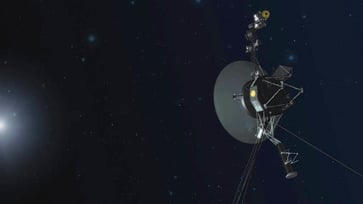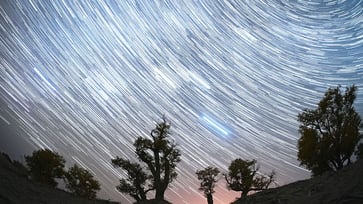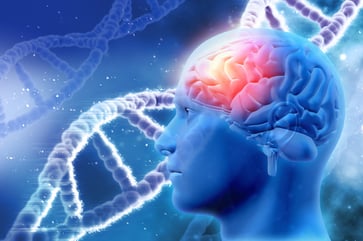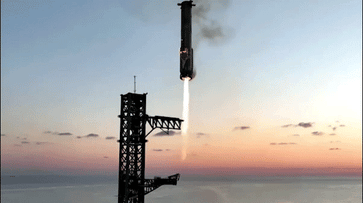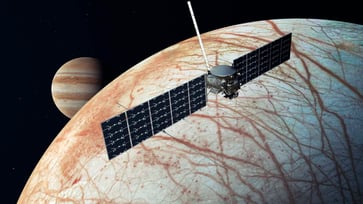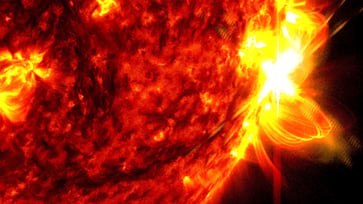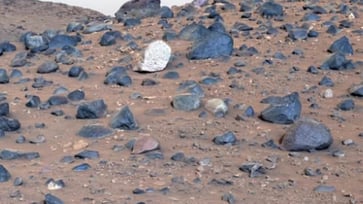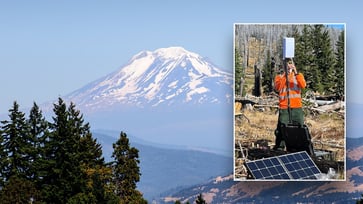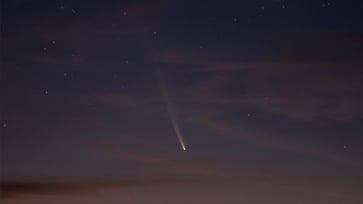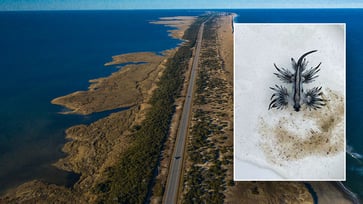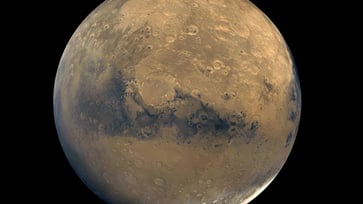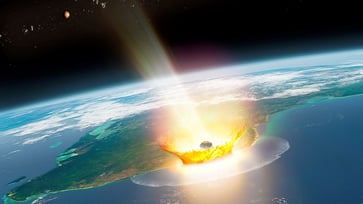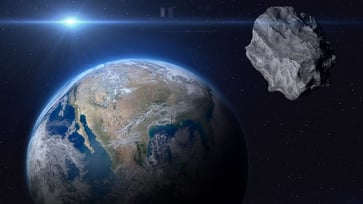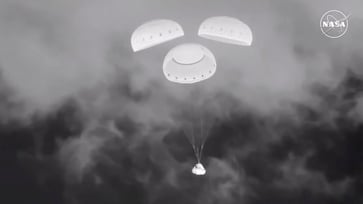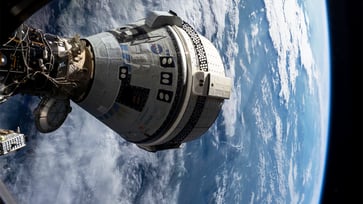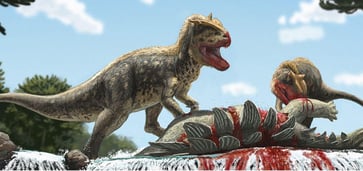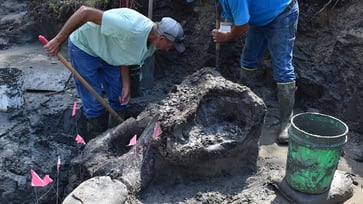Scientists reveal how humans utilized the ancestry of ancient horses through a new study.
A significant lineage shift occurred among horses 4,200 years ago, originating in the Pontic-Caspian Steppe.
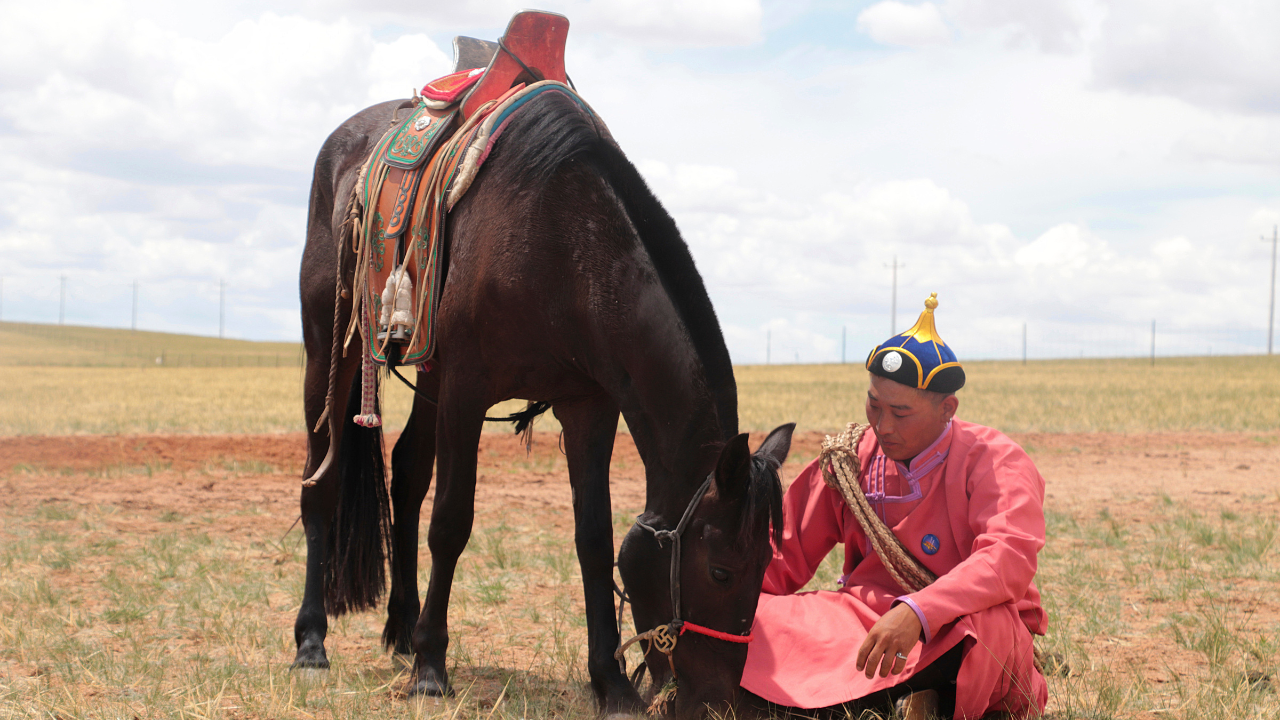
- A specific lineage of horses swiftly emerged as the dominant species across Eurasia approximately 4,200 years ago, according to research by scientists.
- The discovery was made through the analysis of hundreds of ancient horse genomes.
- The Sintashta people of the Bronze Age may have been instrumental in taming horses.
Scientists now have a clearer idea of when humans began to transform the horse, as the horse played a significant role in human history.
Research published in the journal Nature suggests that 4,200 years ago, a particular lineage of horse became dominant across Eurasia, indicating that humans began spreading domesticated horses worldwide at that time.
This horse had a genetic mutation that altered the shape of its back, possibly making it more comfortable to ride.
Pablo Librado, an evolutionary biologist at the Spanish National Research Council in Barcelona and co-author of the new study, stated that in the past, horses had many different lineages. The genetic diversity of these horses was evident in ancient DNA samples analyzed from archaeological sites across Eurasia, dating back to 50,000 years ago.

The analysis of 475 ancient horse genomes revealed a significant alteration approximately 4,200 years ago.
In the Pontic-Caspian Steppe, a lineage first emerged and spread throughout Eurasia, replacing other lineages. Within three hundred years, horses in Spain had become similar to those in Russia.
In Eurasia, the spread of this genetic type was evident, indicating that the local horse type quickly became a global phenomenon, as stated by co-author Ludovic Orlando, a molecular archaeologist at the Centre for Anthropobiology and Genomics of Toulouse in France.
The Sintashta, a Bronze Age people, domesticated horses and used them to expand their territory, according to researchers.
Scientists assert that the process of taming wild horses on the Eurasian plains was gradual, not an instantaneous occurrence.
The Sintashta people are believed to have spread the domesticated horses they had across Eurasia, according to a new study. Evidence of people consuming horse milk in dental remains dating back to 5,500 years ago, and the earliest evidence of horse ridership dates to around 5,000 years ago.
The earliest horse ancestors are thought to have originated in North America before migrating to Asia via the Bering Strait. They thrived in Asia but eventually became extinct in the Americas.
Research indicates that the genetic diversity of horses decreased more rapidly during domestication compared to other animals like dogs, pigs, cattle, goats, and sheep.
Laurent Frantz, a researcher at the Ludwig Maximilian University of Munich who studies the genetics of ancient creatures, stated that humans may have quickly altered the horse genome due to our prior experience with animals.
"It shows the special place of horses in human societies."
science
You might also like
- Lunar modules from the first two moon landings have been captured in stunning detail by Orbiter photos, more than 50 years after the historic missions.
- Discovery of a remarkable mastodon jaw in a New York homeowner's backyard
- NASA resumes communication with Interstellar Voyager 1 after pause.
- In 2055, the asteroid that was once referred to as Earth's "mini moon" will make a return visit.
- A new species of sea slug that resides in the ocean's 'midnight zone' has been discovered with a glowing appearance.
